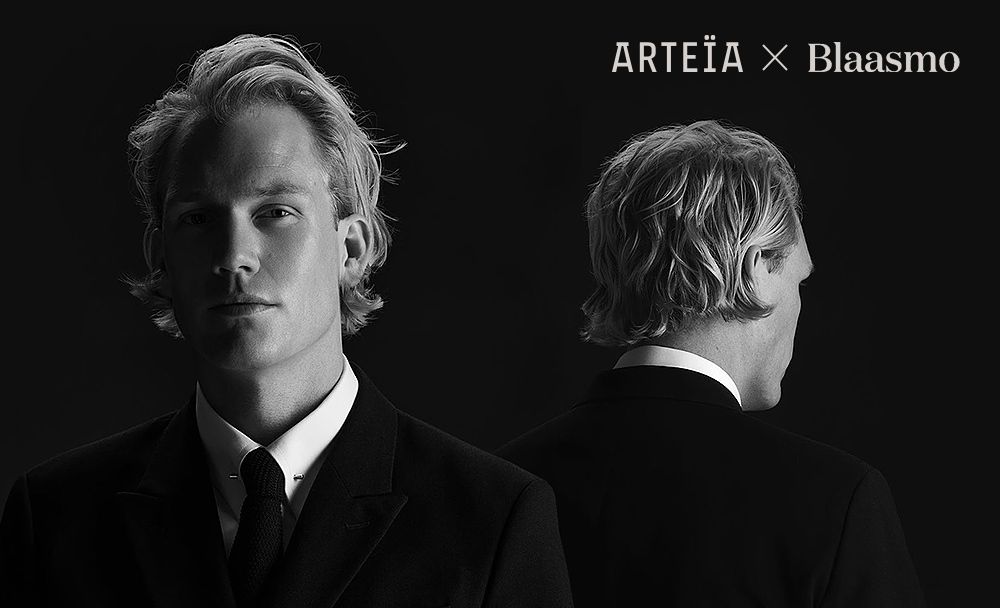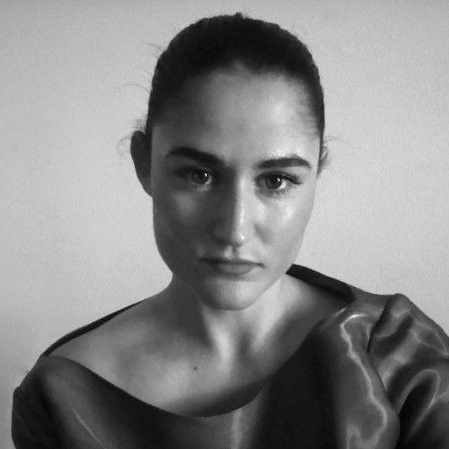The inside knowledge of art collection management - full depth interview with industry leading Truls Blaasmo

What is your background in art?
I came to art via design initially. After studying furniture and product design in Copenhagen and art history at CSM, I realised I was really interested in exploring the nexus of creativity and commerce. This was put into practice quickly, when I moved to NYC after graduation, where I organically rolled into the art scene. This was during one of the great art boom’s, and I was soon helping friends navigate the art market and organise their collections. This made me highly aware of how important it is not to just invest in culture, but also to actively engage with it after purchase. At this point, I started my business in art advising and collection-management. To continuously further my expertise, I kept doing various educational degrees in art and art history along the way.
What is Blaasmo Art Advisory and what is your role?
Blaasmo Art Advisory, is an art advisory and collection management service that helps private individuals and corporations navigate the art market. We help them with everything from sourcing works to maintaining their collections. I am the sole director.
What do you like the most about your job ?
What I like most about my job and the art business is the people. People drive me and art world is full of fascinating people with loads of stories to tell. I also really enjoy being the middle man; fulfilling the role of reformulating raw creativity into something that people can understand, support and take part in.
Could you describe an experience that you’ve had in the art world that defines your role?
One of my favourite projects was a client finding an entire basement of art works that hadn’t been touched since the 60s. We found the most incredible art works, international and Norwegian; works on paper as well as oil canvasses. Dealing with this, from beginning to end was one of the most exciting projects of my career, and very role defining. I could apply all my skills, from accessing and valuing the works to truly caring for and honouring the pieces by providing them state of the art storage and finding appropriate exhibition space for them in museums around the world.
Can you tell us about your experience working both in London and Norway ?
I think being based in an art hub like London, New York City or Shanghai gave me a greater understanding and access to the International art market. It is an exciting and inspiring place to be based. In Scandinavia, I find I apply local knowledge, as well as my international expertise, which works particularly well for my Scandinavian clients, who are often interested in gaining access to the international market, but do require a more local approach. I am not just their ticket, I am also their translator to some extent, allowing for a smoother experience between the different worlds. Of course everyone is different, so wherever I operate, I personalise the experience for the specific client.
What artists inspire you the most at the moment ?
I don’t have professional favourites. It is never about one specific work or artist for me, but about greater movements within the art world. Right now I am inspired by the way the market responds to Art after the coronavirus. After some very insular months, it is time to re-open our horizons.
How do you reconcile the type of art you personally gravitate towards and your clients’ taste?
Frankly, I do not wear my personal taste hat at all in my work. I believe strongly that the success in helping my clients is to understand what they want. Much like a branding exercise, I find out together with the client what their story is, and how they want to communicate this through their art purchases. My role is to find the art works that allow my clients to express their own vision.
Why is the role of an art advisor important?
You get a more holistic experience of the art world and art works. Philosophically, having a second opinion and someone who can question your thoughts, hugely helps in creating a more defined and stronger view point. Logistically, an art advisor is helpful for securing a wealth management plan, and making sure your artworks are future-proof in value and care.
Could you talk a bit about how technology plays a role in your work?
Technology is key for me in matters of communication. Technology helps me simplify the conversation between the creative process and the business side.
What are, in your mind, the evolution of art advisory services with technology ?
I am torn about how we currently experience art online. Selling actual art via a PDF feels hollow to me, to some extent. But I am open and excited to explore the opportunities that technology can bring us in fully experiencing art digitally.
Have you ever bought an artwork online for a client ?
Yes, and in particular during the Covid19 period there has been a huge wave towards online auctions. Buying online became the new normal, overnight. It is exciting because it pushed the art world to embrace technology. They had to go 360 in a very short period of time, to ensure the online experience would feel on par with an offline experience, in representing works.
What is Arteïa’s most useful feature for you ?
The day-to-day streamlined easy access management tools. They give me and my clients control at all times. Knowing what is available and being fully aware of all the content is incredibly practical and reassuring. The custom made financial reports are a great resource in particular.
Why is it important to start cataloguing a collection early on?
It is simply a much bigger more energy consuming job when it has to be done later on. It is also more exciting to catalogue a work at time of purchase, giving it more gravitas. In general I think cataloguing allows us to honour the works we have more, because it does not just exist on your wall or in your mind, it is captured as part of a greater story.
Could you talk about how technology will play a role in the future of the art market?
We have seen a dramatic change during Covid19, that could give us some insights. Everyone in the art world has had to change their ways, perhaps quicker than they would have otherwise, in order to keep business going and ensure creativity and culture is supported. Technology has a big role to play in art reaching a wider demographic. Another role it will play is the introduction of greater transparency. Technology pushes archaic systems hugely in this matter. A major recent example is the direct visibility of prices. There is still a long way to go for technology to be able to replace the immersive experience off-line art viewing provides. I think virtual reality technology might be able to change that in the future, especially when it comes to purchasing art.
Do you work with emerging artists ?
I work with all aspects of the art market, and that includes emerging artists. I find it very exciting to be able to facilitate the start of a career, so I always encourage my clients to invest in emerging artists, as in investment or as a patron. I think it is hugely important to support new artists entering the market.
Could you talk a bit about the importance of building a network between collectors and artists?
Collectors need to understand the importance of their role in the market. There would be no artists without collectors. The eco-system requires both sides to engage with one another. It is essential for the market to flourish.
Blaasmo Art Advisory, founded by Truls Blaasmo, is an independent art advisory and collection management consultancy. With over 10 years experience in London, Shanghai, New York and Oslo, Truls helps clients to navigate the art market with his exceptional guidance, from general know-how and market access to all practical logistics concerning the procurement, curation, collecting and management of artworks.

